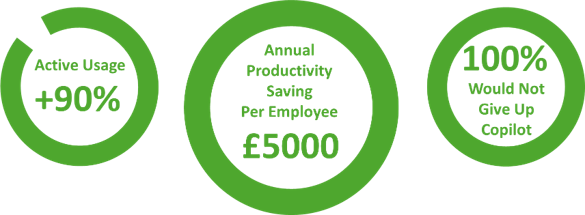
Change Manager
UK
30 September 2024

Job Description:
The Adoption and Change Manager will be responsible for driving the successful adoption of new technologies and processes within the organization. This role requires a strategic thinker with a hands-on approach to manage change and encourage large groups of users to take action and change behaviors from normal working practices.
Key Responsibilities:
- Develop and implement change management strategies and plans that maximize employee adoption and usage of new technologies.
- Lead the engagement and communication efforts to build awareness, understanding, and acceptance of changes among users.
- Collaborate with various departments, including IT, marketing, and customer service, to ensure a smooth and positive experience for users receiving new devices or systems.
- Conduct research and gather data to inform decision-making and ensure the change initiatives are data and insight-led.
- Provide support and guidance to employees throughout the transition, addressing any questions, concerns, or feedback.
- Measure the success of change initiatives by tracking adoption rates and the realization of value from technology investments.
Qualifications:
- Bachelor's degree in Business Administration, Information Technology, or a related field.
- Minimum of 2 years of experience in change management, with a focus on Microsoft technologies.
- Proven experience in developing and implementing change management strategies and plans.
- Strong communication and engagement skills, with the ability to influence and build relationships at all levels of the organization.
- Data-driven mindset with the ability to conduct research and analyze data to inform decision-making.
- Excellent problem-solving skills and the ability to manage multiple priorities in a fast-paced environment.
Preferred Qualifications:
- Certification in change management (e.g., Prosci, ACMP) is a plus.
- Experience with Microsoft 365, SharePoint, and other Microsoft technologies.
- Familiarity with project management methodologies and tools.
How to Apply:
Interested candidates are invited to submit their resume and cover letter detailing their relevant experience and qualifications to info@changeadopt.com


